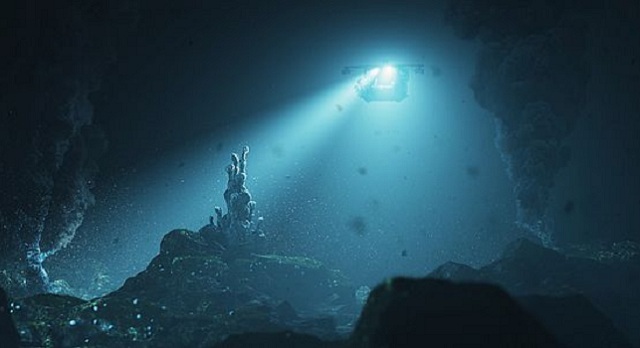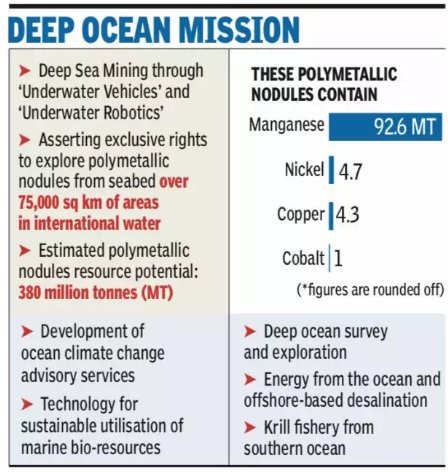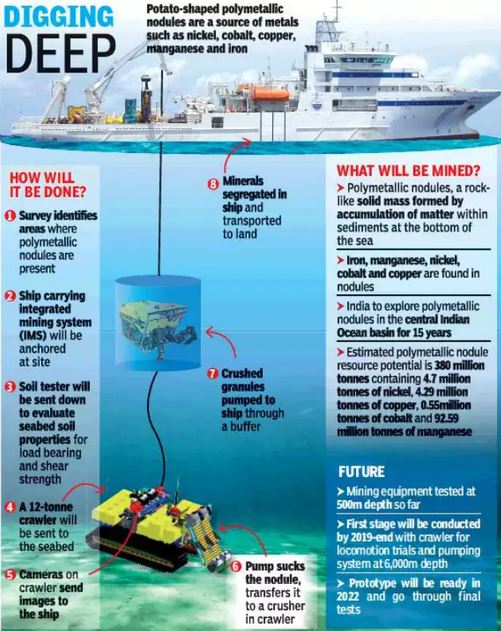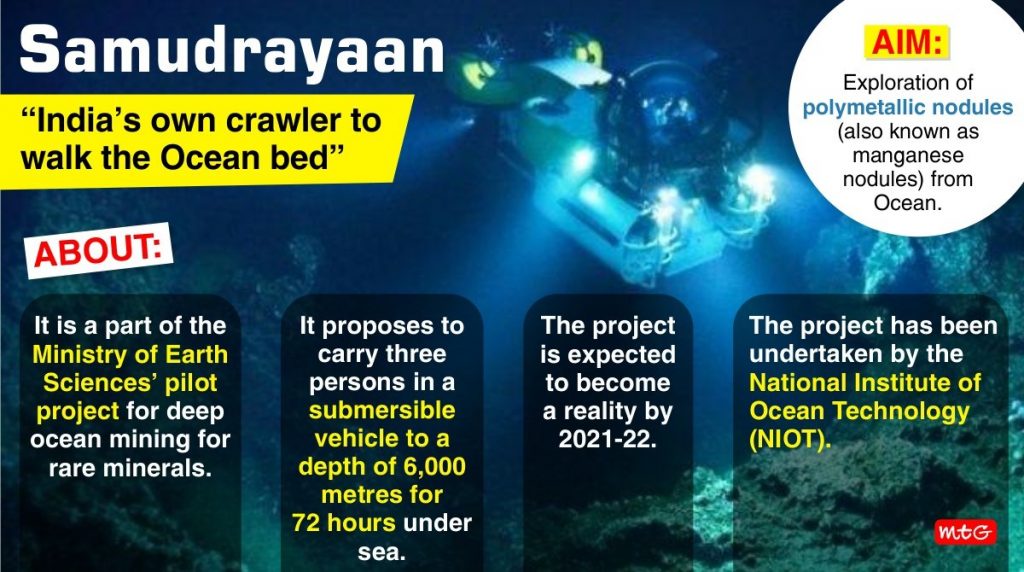Free Courses Sale ends Soon, Get It Now


Free Courses Sale ends Soon, Get It Now



Disclaimer: Copyright infringement not intended.
Context
About Deep Ocean Mission
Objective
Components
There are six components to the programme.
(1) Development of Technologies for Deep Sea Mining, and Manned Submersible:
(2) Development of Ocean Climate Change Advisory Services:
(3) Technological innovations for exploration and conservation of deep-sea biodiversity
(4) Deep Ocean Survey and Exploration
(5) Energy and freshwater from the Ocean
(6) Advanced Marine Station for Ocean Biology
Importance


Samudrayaan Project under the Deep Ocean Mission

https://www.pib.gov.in/PressReleasePage.aspx?PRID=1782196
© 2024 iasgyan. All right reserved